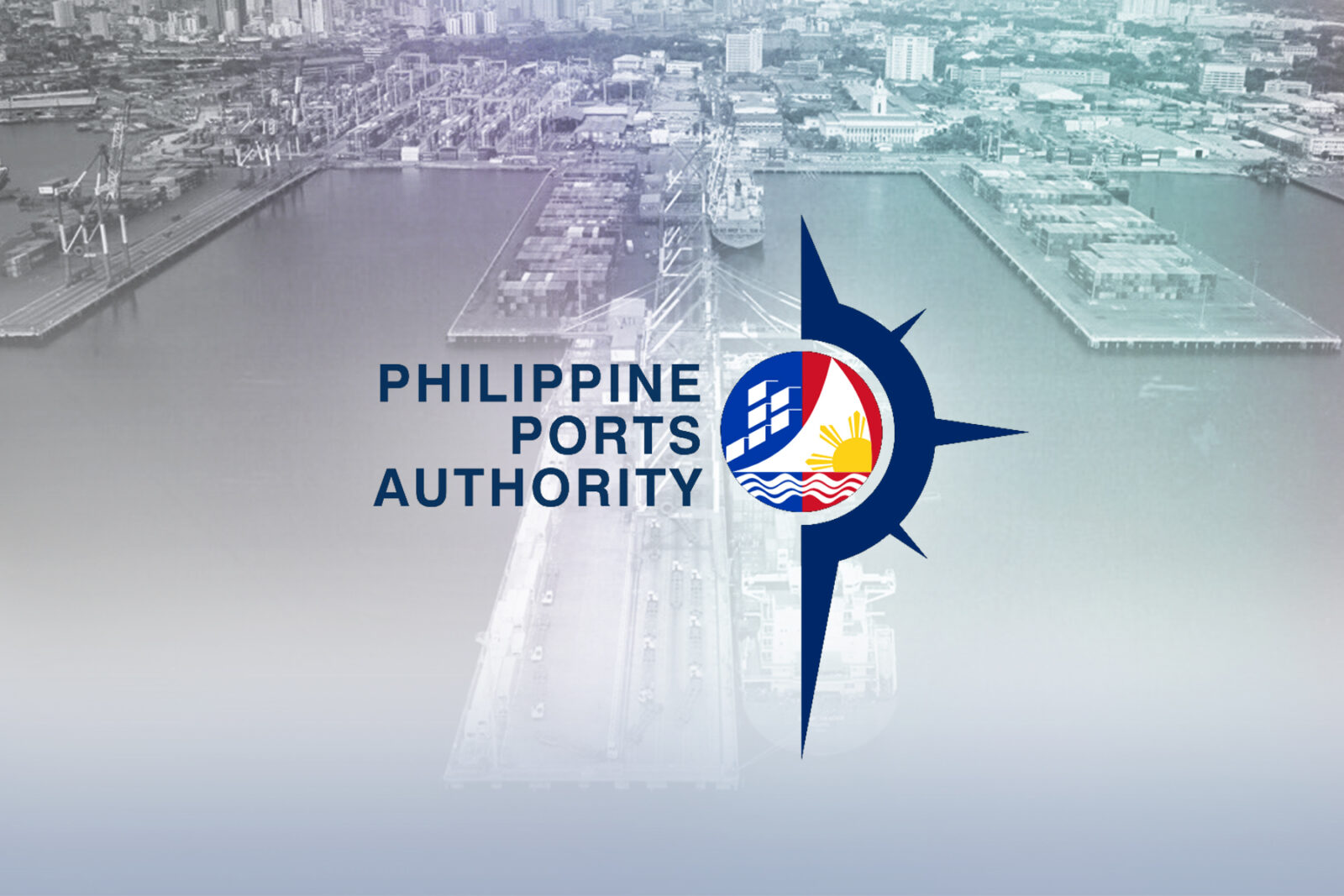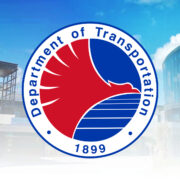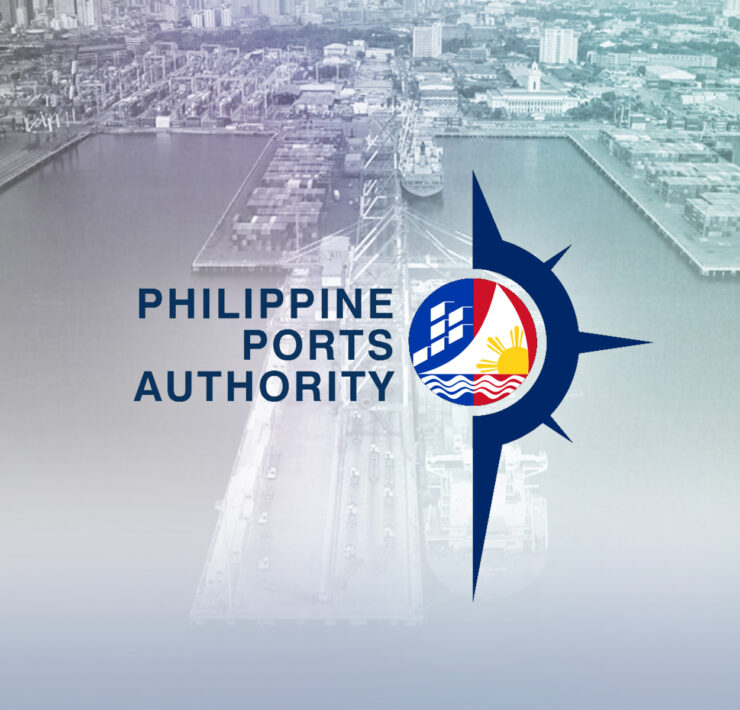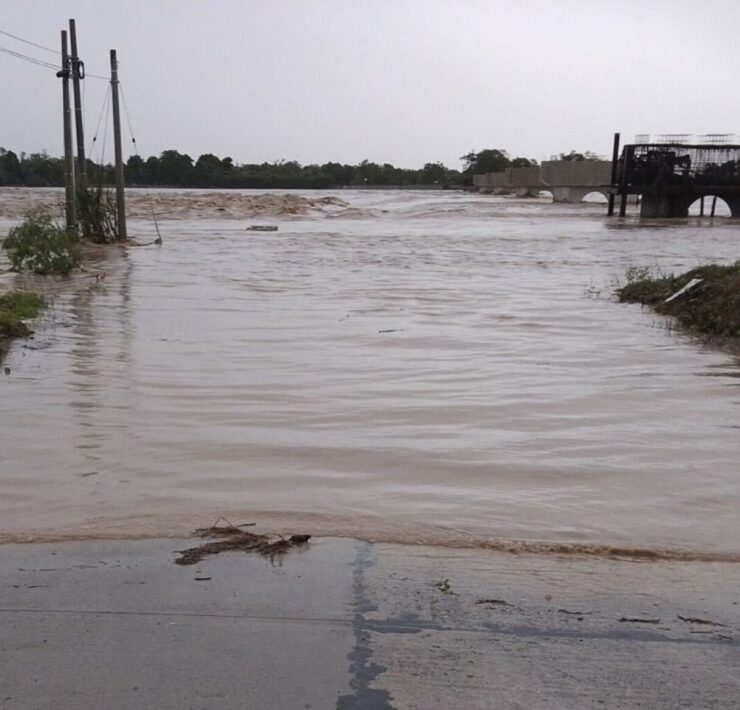PH ports volume up 6% in ’24

Local ports saw busier operations in the past year, facilitating the movement of more passengers and shipping containers due to growing trading activities.
Latest data from the Philippine Ports Authority (PPA) showed that cargo throughput rose by 6 percent to 289.52 million metric tons (MT) last year.
Imported goods comprised the bulk of shipments amounting to 108.56 million MT, most of which were received at seaports in Manila and northern Luzon.
The busiest ports were in Manila and northern Luzon, handling 102.89 million MT of shipments in the past year. Visayas followed with 56.48 million MT and northern Mindanao with 53.41 million MT.
In terms of container traffic, volume grew by 4 percent to 7.83 million twenty-foot equivalent units (TEU) from 7.51 million TEU in 2023. Some 5.5 million TEUs of shipping containers passed through the ports in Manila and northern Luzon.
For this year, PPA has estimated that cargo throughput would reach 301.47 million MT because of “strong domestic consumption and sustained public investments.”
Passenger flow
The local seaports also ferried more passengers last year, with volume rising by 7 percent to 78.74 million.
Most or 39.76 million of the passengers passed through the ports in Visayas. This was followed by southern Luzon with 20.31 million and northern Mindanao with 9.14 million.
Roll-on/roll-off traffic grew by 5 percent to 11.27 million vehicles from 10.78 million for the period.
Amid a bullish outlook, the PPA is looking at crafting a master plan to establish 10 seaports across the country to improve connectivity and supply chain.
These terminals are located in Davila, Pasuquin, Ilocos Norte; Puerto Galera, Oriental Mindoro; Taytay, Palawan; Buenavista, Guimaras; San Carlos, Negros Occidental; Dumaguete, Negros Oriental; Lazi, Siquijor; Catbalogan, Samar; and Zamboanga, Zamboanga del Sur.
In addition, it has started engaging consultants to study the feasibility of 14 big-ticket port projects, which are targeted to be completed by 2028.





















